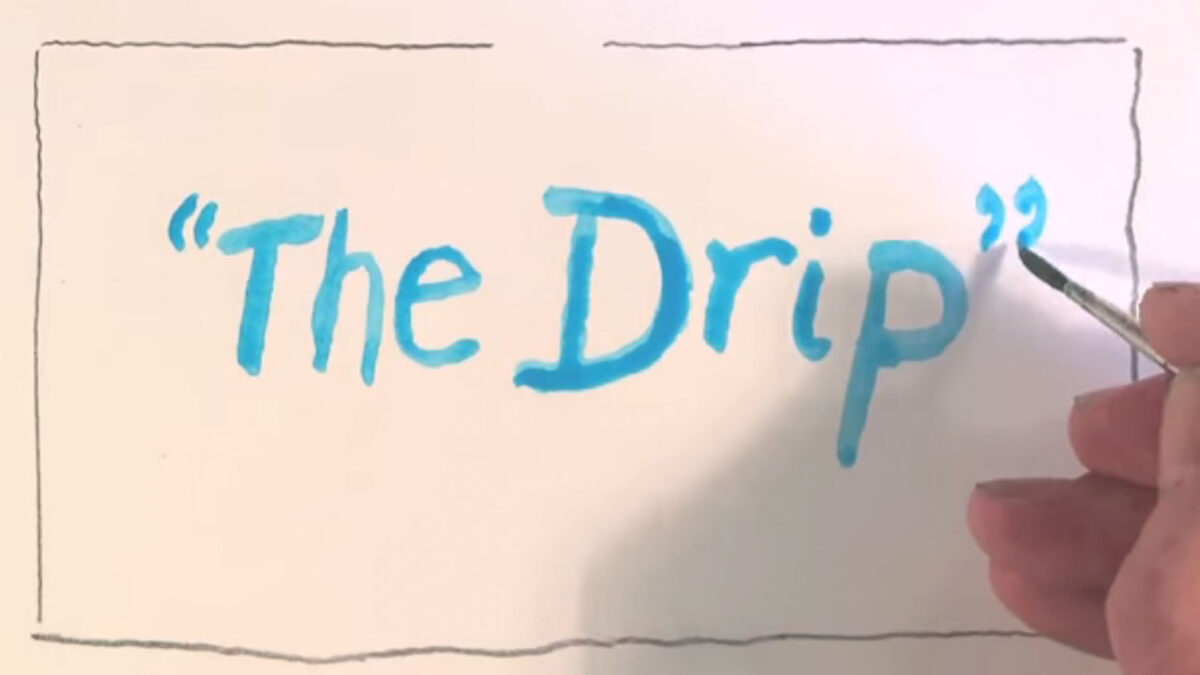The feeder streams
The Salcombe-Kingsbridge Estuary is unusual because it has no large river feeding it, just a series of small streams from Frogmore, Bowcombe, Batson, East Allington, Sherford and other surrounding villages, rising at springs some 140 metres above sea level.
The estuary
The Salcombe-Kingsbridge Estuary is tidal up as far as Kingsbridge, the bridging point five miles inland. Like the other estuaries of South Devon, the original deep river valley has been inundated by later sea level rise, with the tide flooding in to create a wide expanse of water.
Designations
As well as being part of the South Devon National Landscape, the estuary is also a Site of Special Scientific Interest (SSSI) and a local nature reserve and lies within the South Devon Heritage Coast.
Wildlife
Two tides a day fill this ‘ria’ or drowned river valley with sea water. With no river input the estuary is almost entirely a marine system which has brought about some rare and important habitats and species. Reed beds, mudflats and eelgrass beds all help to support the abundance of wildlife that inhabits Salcombe-Kingsbridge Estuary.
The expansive mudflats in its upper regions contain a huge abundance of worms, snails and bacteria, which in turn provide an important food source for wading birds and fish populations within the estuary. The lower fringe of the foreshore is inhabited by eelgrass providing a nursery habitat for fish and seahorses.
The Salcombe-Kingsbridge Estuary is also home to species of crab, shellfish, otters and it is not uncommon to see dolphins, seals and basking sharks venturing into the estuary to feed. Find out more about the wildlife on the Salcombe-Kingsbridge Estuary.
Caring for the estuary
The lack of a true river input means the water catchment area of the Salcombe-Kingsbridge Estuary is relatively small and short for an estuary of its size. The Salcombe-Kingsbridge Estuary is affected by both point source pollution (has a traceable source into the estuary) and diffuse pollution (comes from the land or atmosphere).
Pollutants can make their way quickly into the water and be highly toxic killing wildlife within the Salcombe-Kingsbridge Estuary. They can also reduce the oxygen content and water quality of the estuary, potentially leading to ‘anoxic dead zones’.
It is important that we understand how our actions can affect the estuary and what we can do to prevent them.
- Dispose of all your waste carefully, recycling as much as possible.
- Try using low phosphate environmentally degradable cleaning products.
- When changing oil and refuelling cars be careful not to spill any as it will end up in the estuary downstream.
Blue carbon
Our coast and estuaries play an important role in the binding of the world’s biological carbon (or green carbon), with more than half being captured by marine living organisms (hence it is called blue carbon).
With such an important carbon fixing resource on our doorstep, it is important that we restore and maintain healthy marine ecosystems. For further details please read the full blue carbon report.
Getting around
- On foot: leaflets are available for sale from both Salcombe and Kingsbridge tourist information centres, providing walks around the estuary or choose from a selection of walks, free to download, accessed via our interactive map.
- By river cruiser: a river cruiser service operates between Kingsbridge and Salcombe during the summer season.
- Ferry crossings: A passenger ferry operates a year-round service crossing between Salcombe and East Portlemouth.
Estuary conservation and management
The care and management of the Salcombe-Kingsbridge Estuary is co-ordinated through the Salcombe-Kingsbridge Estuary Conservation Forum. This forum is supported by the South Devon National Landscape Estuaries Officer, Nigel Mortimer. View contact details.
An estuaries management plan for all five South Devon estuaries has been published covering the eight year period 2016-2024 and is available to download at the top right of this page.







